Flying Lizards
Called Yoradkira or Kiurnals by the Regalti, Flying Lizards are a diverse family of mostly four legged reptiles that evolved wings on their backs for gliding and flight. Each genera of lizard is very different from each other morphologically. Some are still gliders like their early ancestors. Many are fully capable of flight through various adaptations, including the loss of front limbs or the evolution of rear limbs into wings. These lizards are found just about everywhere on Collena, on the ground, and living on top of Skyshells, miles in the sky.
Etymology and classification
The scientific classification for all Collena lifeforms uses the similar Earth-based classification all the way to the family or genera level for quick familiarization. Yoradkira are Chordates, they are cold blooded, scaly reptiles (Reptilia and Squamata), and morphologically they are physically similar to iguanas (Iguania). The least specialized of the group could pass for Anoles if it wasn't for their wings. "Volatilis" is Latin for flying or hovering.
The common name "Kiurnal" is from the Bevarian word for Lizard "Kior". It isn't quite known where 'nal' came from, possibly from Kefnar "Letnal" which means wing.
The Vevari word "Hadkira" is for any lizard in general, while Yoradkira means 'Sky Lizard". The humans call them "Dragonflies" because of one genus that has four wings and has a similar appearance to Earth based dragonflies.


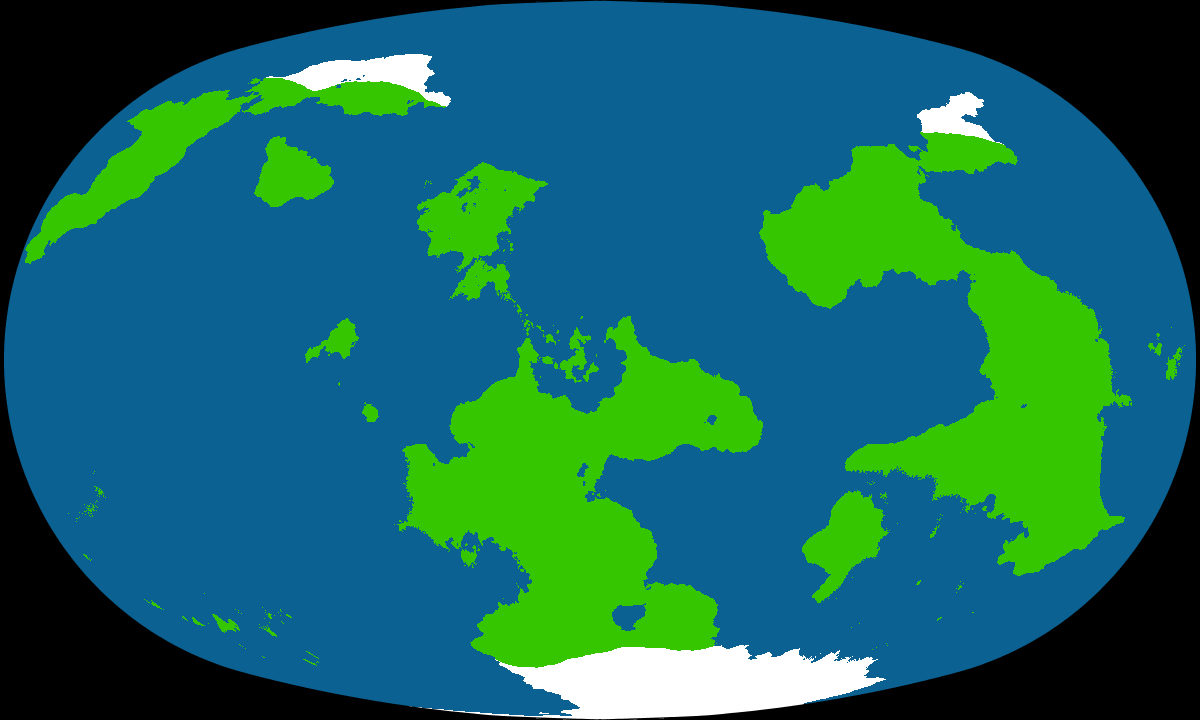
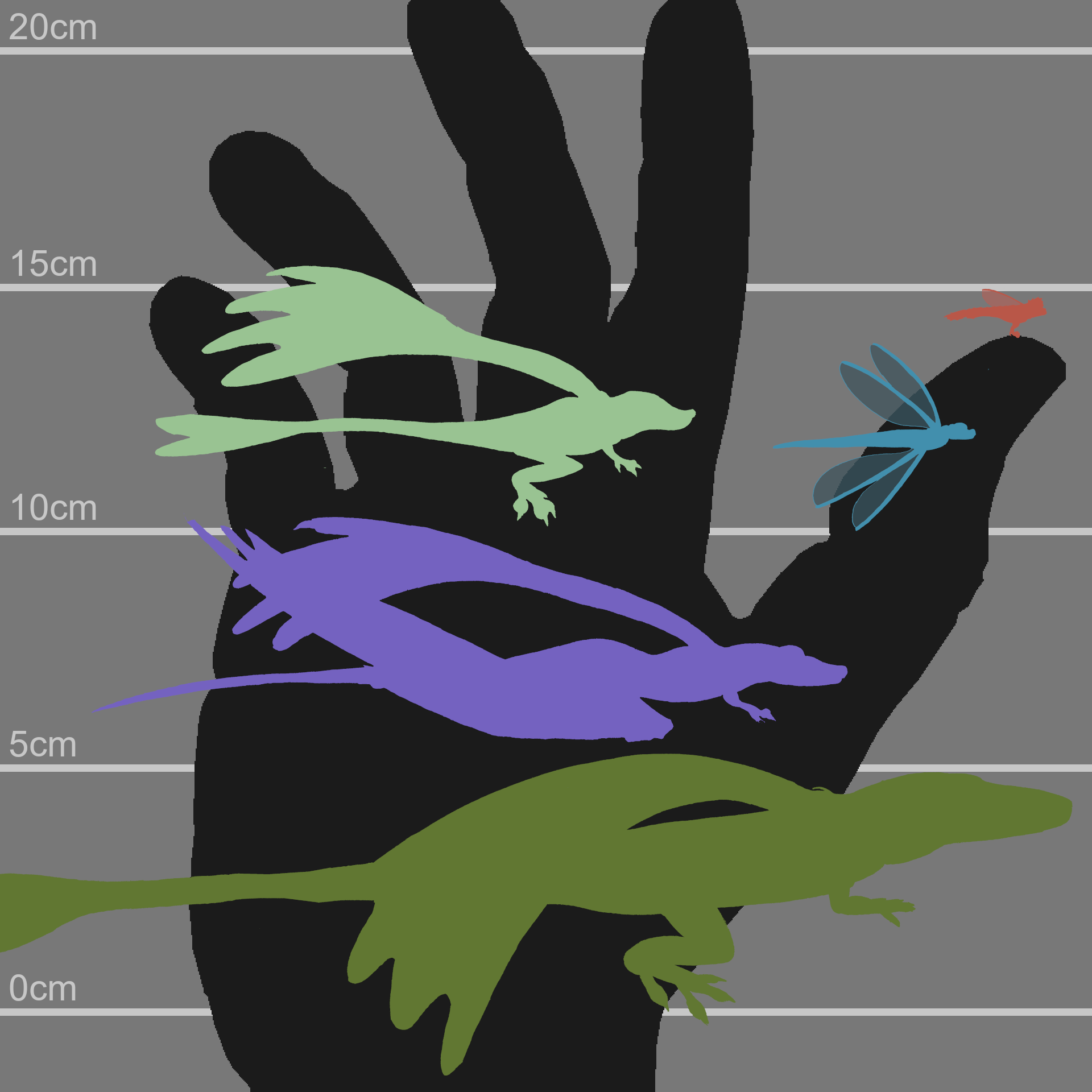
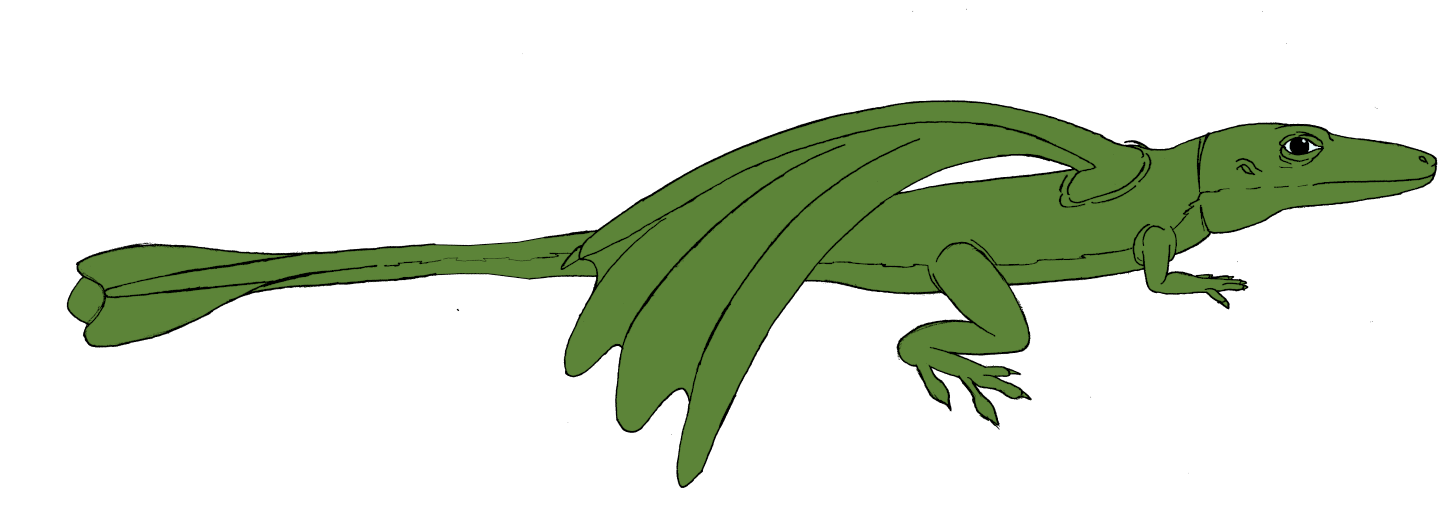
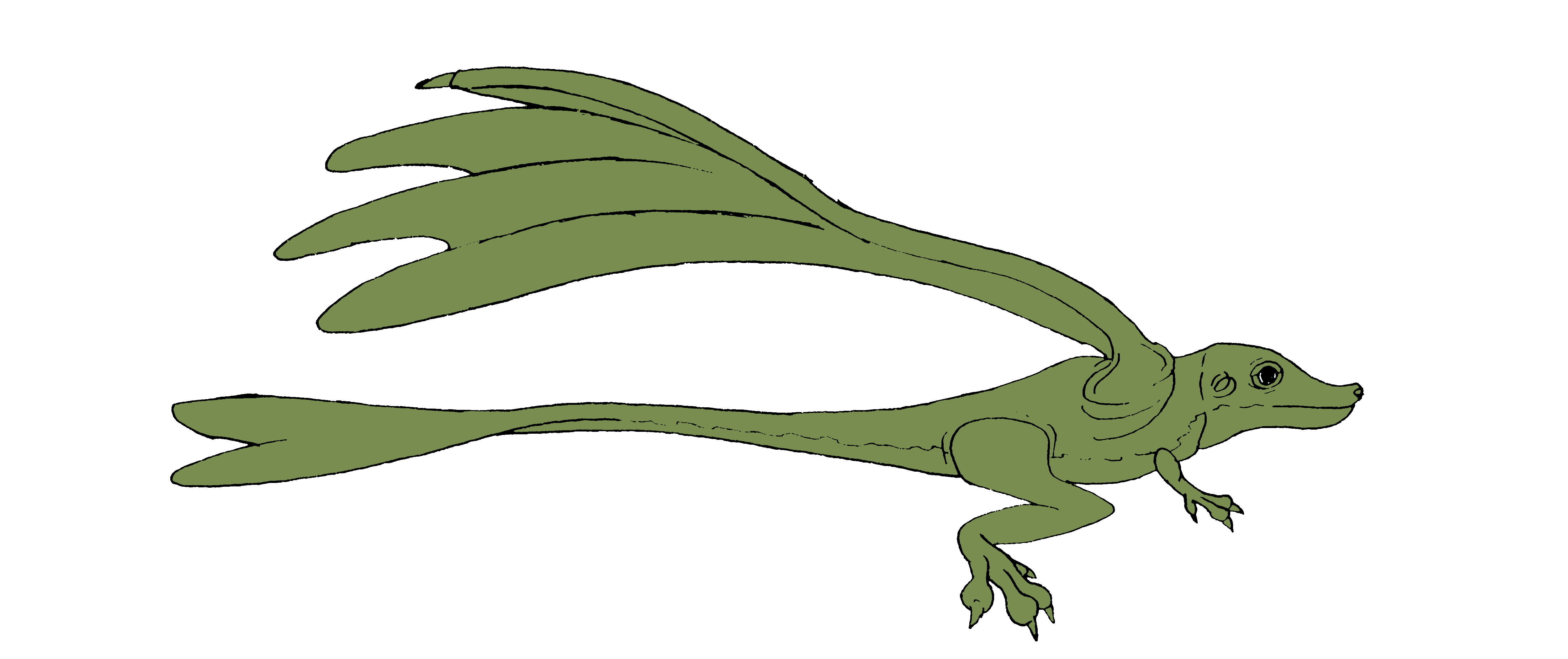
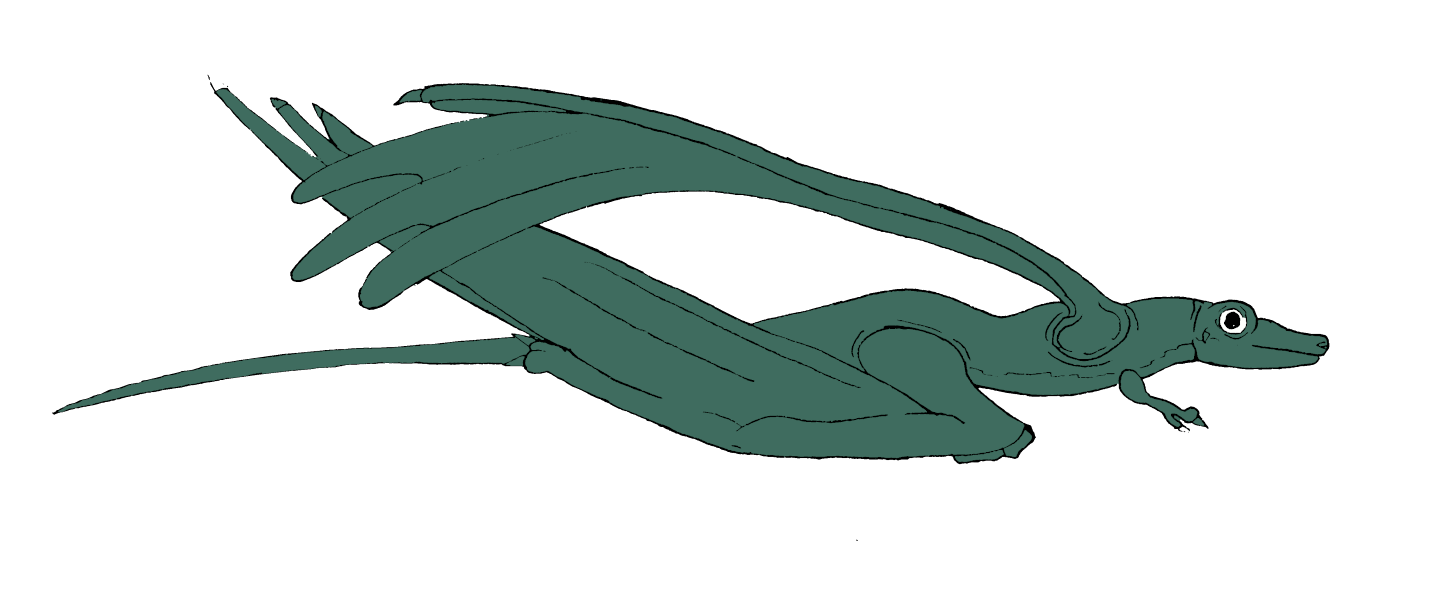
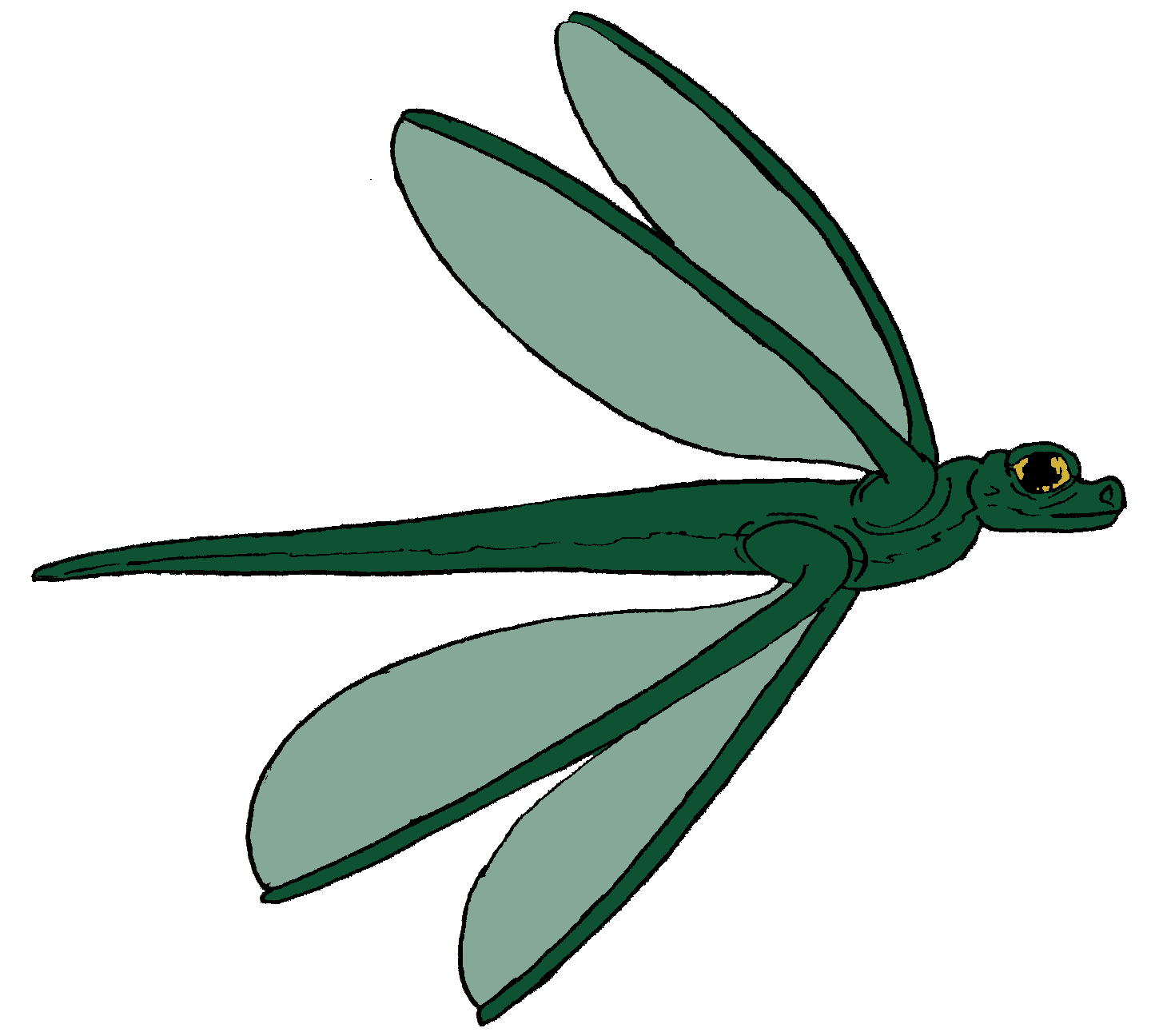
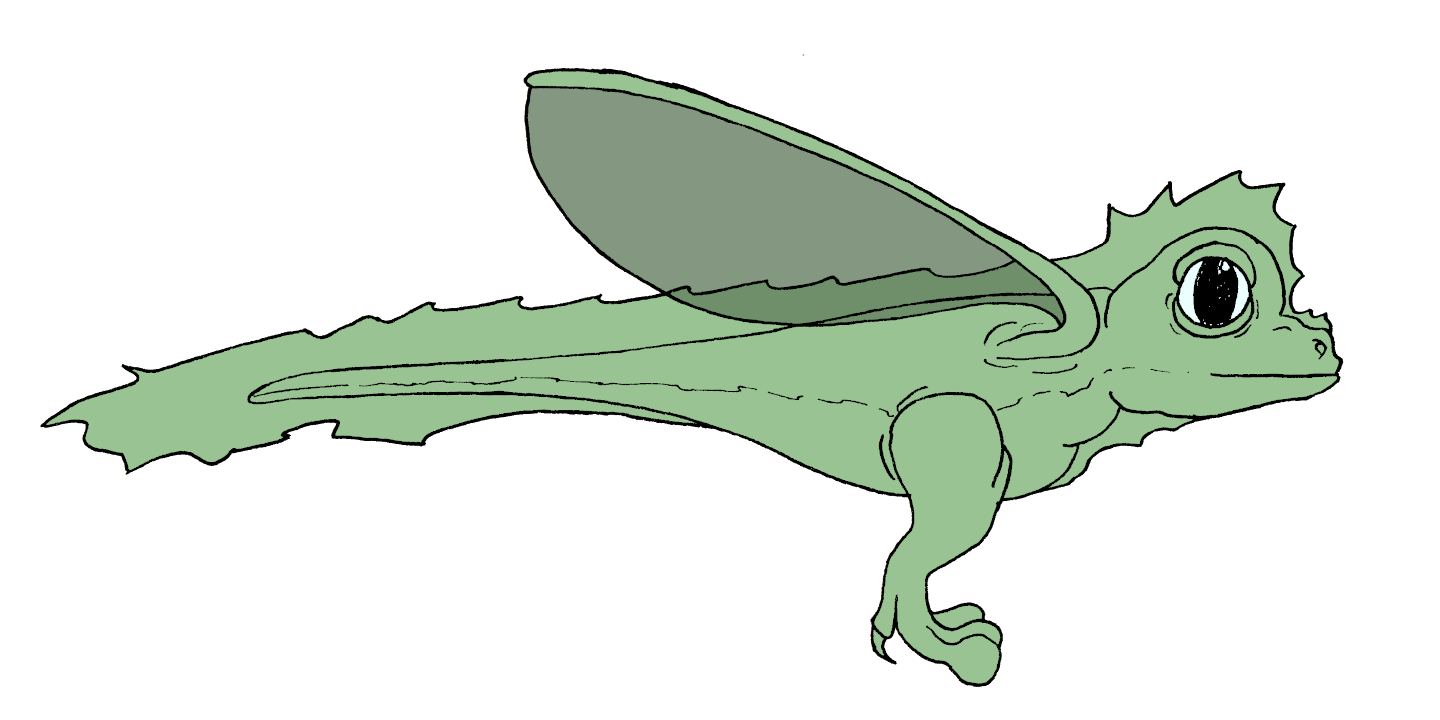
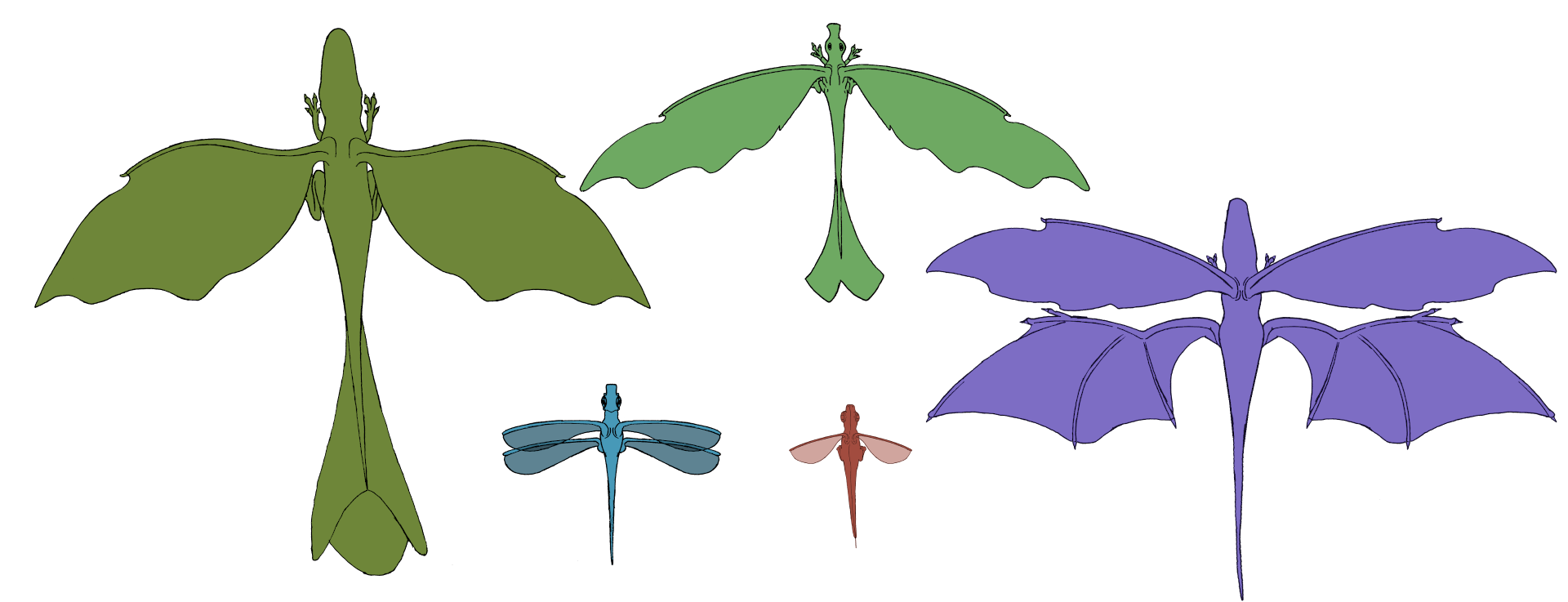

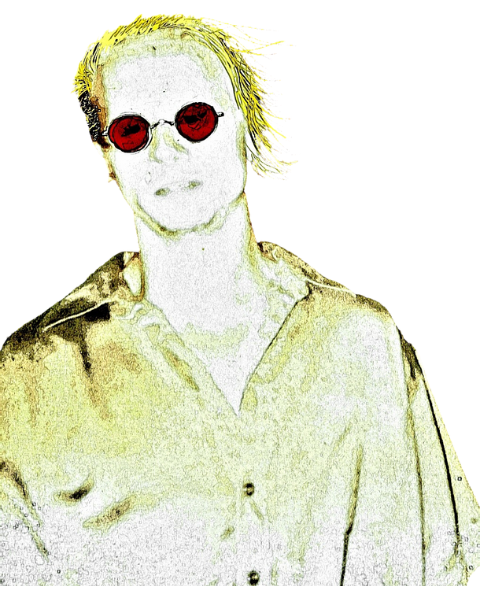
Very good! Wonderful artwork and the use of coloring to chart the types is great!!